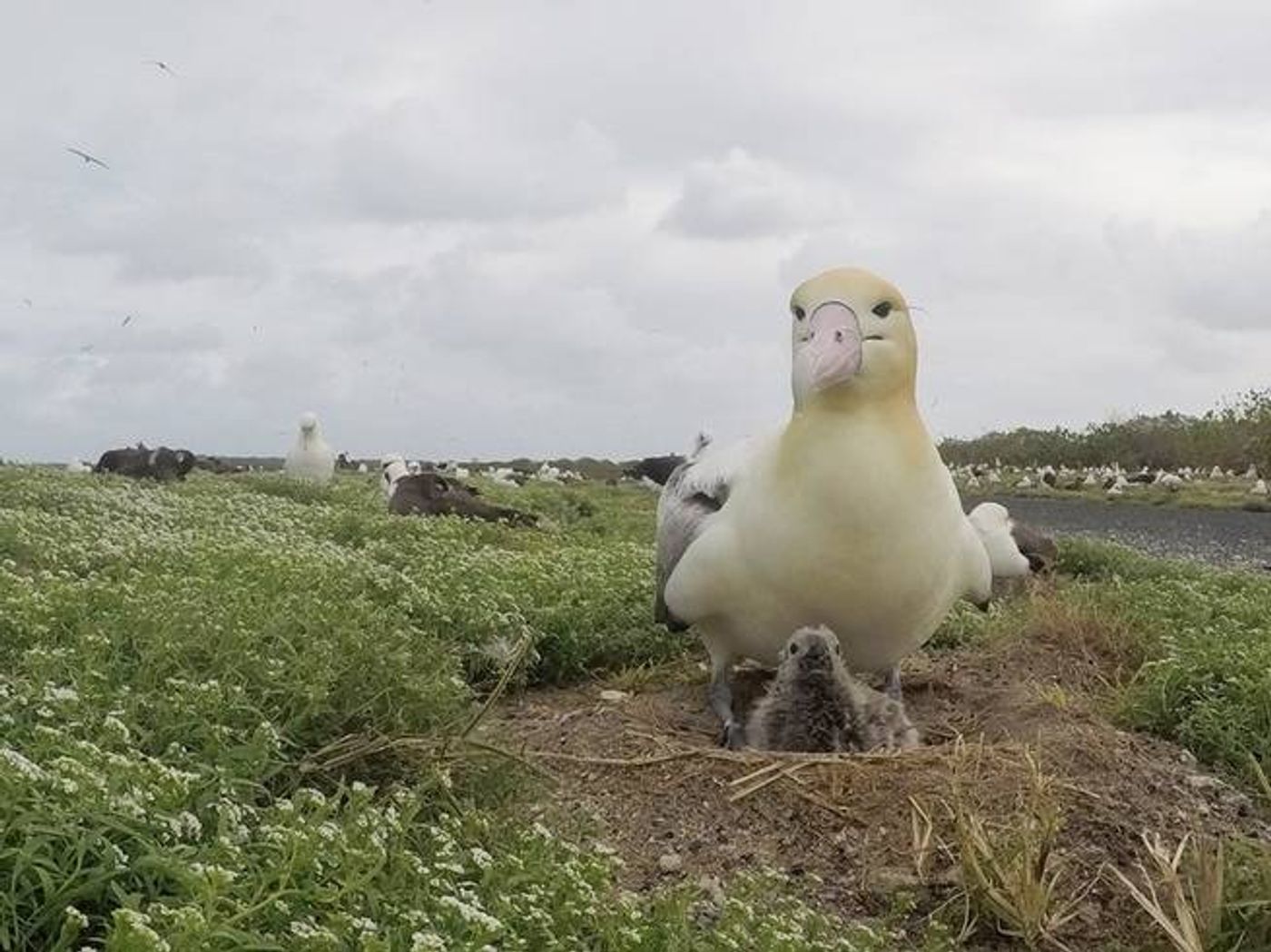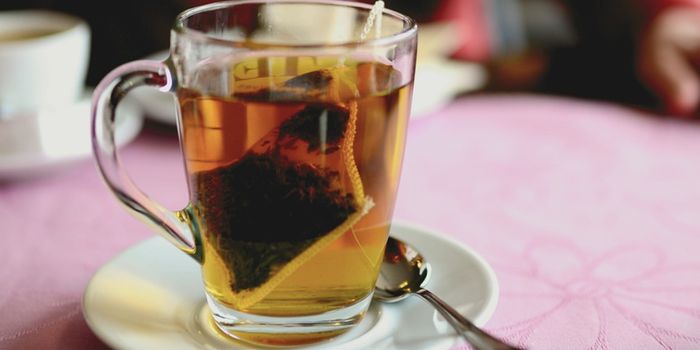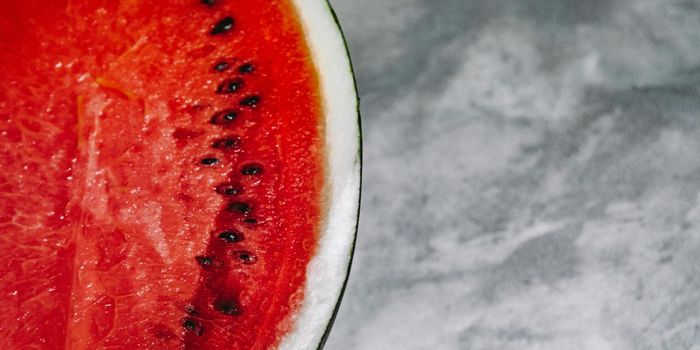Short-Tailed Albatross Parents Adopt An Unlikely Baby
Motherly birds often sit atop their own eggs to keep them at an ideal temperature for incubation, but a short-tailed albatross spotted in Honolulu, Hawaii at the end of last year had alternative plans in mind.
Animal experts stumbled upon the bird last November and took note of the unusually-small egg that it seemed to be caring for. All signs suggested that something outlandish was going on.
Image Credit: USFWS
“Everybody was very excited when they appeared to be incubating an egg,” said U.S. Fish and Wildlife Service biologist Beth Flint.
“But we were a little suspicious because it was late [in the season] for the inception of a short-tailed nest. Also, the egg seemed a little smaller.”
Related: Are hunters making wild birds smarter?
As you can probably imagine, researchers maintained a keen eye on the situation to see what would become of it. Fortunately, their patience paid off in January when the egg finally hatched.
Suspicions were confirmed after the first sight of the hatchling; it wasn’t a short-tailed albatross at all. Instead, it appeared to be a black-footed albatross – an entirely different species.
No one knows how the black-footed albatross egg ended up with the wrong parental units, but Flint says it’s a blessing in disguise. Both the mom and dad will learn essential parenting techniques as they raise the black-footed albatross, and this experience could help them raise their own young in the future.
“Albatrosses are extremely long-lived animals, and they don’t necessarily get all their reproductive ducks in a row on the first try,” Flint added.
“It’s good, because even if it isn’t their egg, they’re getting practice. They’re learning how to do it.”
Related: Tropical birds may outlive their temperate counterparts
And that’s a good thing because the International Union for the Conservation of Nature (IUCN) recognizes the short-tailed albatross as a vulnerable species. That said, the population needs as much help as it can get, and experienced parents will be better suited for successful reproduction than first-timers would be.
For now, researchers can only sit back and watch to see how the whole shebang unfolds. A bevy of questions exist about how the black-tailed albatross might turn out after it grows up, but no one can be sure until the time officially comes. If anything, it should be an exciting learning experience for everyone involved.
Source: Popular Science









